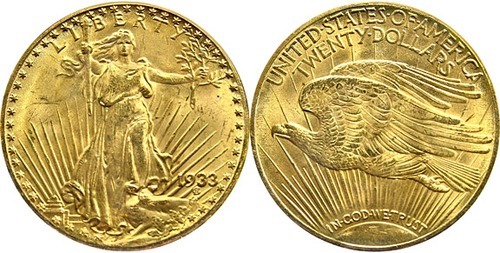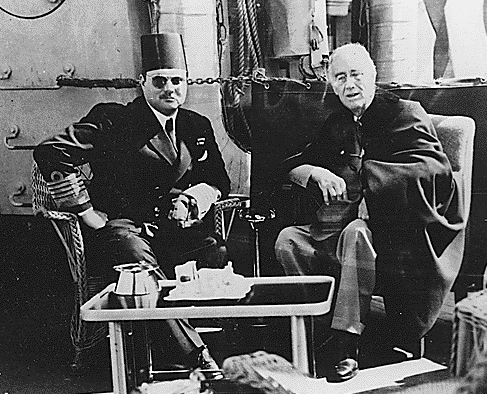These rare coins give the term "rare" a new meaning. Although 445,500 "double eagle" gold coins were struck by the Philadelphia Mint in 1933, none of them were officially circulated. In the midst of The Great Depression, the federal government that year outlawed the possession of gold coins and nearly all of them were melted into gold bars. Under illicit circumstances at least 20 survived.

On August 29, a federal judge confirmed a 2011 jury decision that said the U.S. government had the rights to 10 "double eagles" discovered by a Philadelphia family at the bottom of an old safe deposit box. The coins were estimated to be worth at least $7.59 million each.
The family of Israel Switt, a coin dealer and jewelry store owner who died in 1990 at the age of 95, had sued to reclaim the coins, but the government argued successfully that Switt had not obtained them legally. The Switt family countered that they were entitled to the coins because there was no sufficient evidence that the coins were stolen or embezzled.
The federal judge, Legrome D. Davis, concluded that since "no 1933 double eagles were ever lawfully issued to the public" they belonged to the government "regardless of... how the coins came into claimants' possession."
The federal government was aware early on that there was a breach in security and that a handful of 1933 double eagles escaped the Philadelphia Mint. The U.S. Secret Service in the 1940s finally traced the leak to George McCann, a Philadelphia Mint cashier, and Israel Switt. The pair was never prosecuted because the statute of limitations had expired.

King Farouk of Egypt and President Franklin Delano Roosevelt
Before the discovery of the Switt coins, it was assumed that there was only one 1933 double eagle in existence. That coin had been the property of King Farouk of Egypt, who had obtained it in 1944. When the King was deposed in 1952, many of his possessions were liquidated at auction, including his prized 1933 double eagle.
The coin remained under the radar until 1996, when it resurfaced in the possession of British coin dealer Stephen Fenton. He was arrested by U.S. Secret Service agents at the Waldorf-Astoria Hotel in New York as part of a sting operation. Fenton testified that the 1933 double eagle was from the Farouk collection and the charges against Fenton were subsequently dropped. The case was settled in 2001 when the defendant agreed to relinquish ownership to the U.S. government and the coin could be sold at auction.
In 2002, the coin was sold to an anonymous bidder at a Sotheby's auction for $7.59 million. The U.S. government and Fenton shared the proceeds.
According to the Wall Street Journal, the Mint is currently assessing the best way to securely exhibit the collection of 10 double eagles confiscated from the Switt family and expects to announce plans in the near future.
No comments:
Post a Comment